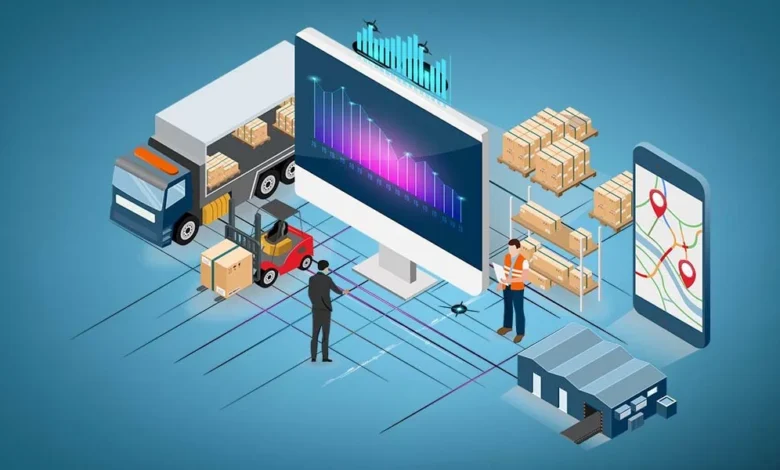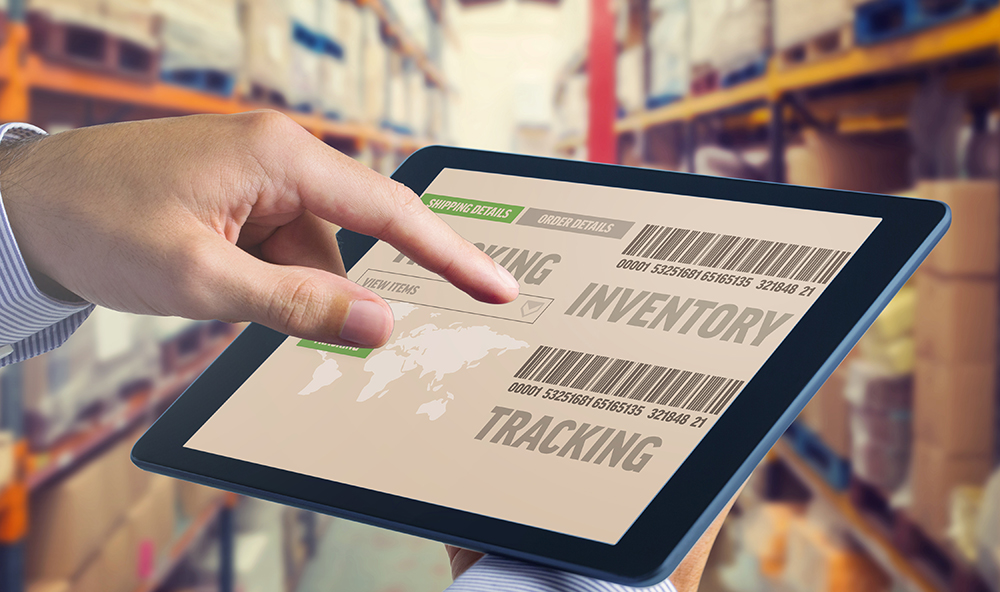In the intricate web of today’s global economy, international logistics serves as the pulsating veins that keep the world’s markets thriving. It’s the backbone that supports businesses in their quest to deliver products to consumers across continents. The ability to manage a global supply chain effectively is not just a competitive advantage; it’s a survival necessity.
However, this is not without its challenges. Navigating through different countries’ regulations, understanding diverse market demands, and mitigating the risks of delays and disruptions are just a few of the hurdles businesses face. Conversely, the opportunities are vast. Those who master the art of international logistics can tap into new markets, diversify their supply chain, and increase their resilience against local market fluctuations.
Understanding International Markets
Before a business can even think of crossing borders, it must understand the terrain. Market research is the compass that guides companies through unfamiliar landscapes. Qube Cargo recognizes this as it expands its reach; it’s not just about knowing the demand for a product but understanding how cultural nuances influence consumer behavior, how economic climates affect purchasing power, and how political stability can impact supply chain reliability.
Choosing the Right Transportation Modes
Transportation is the vehicle that carries your business’s promises to customers worldwide. Each mode – air, sea, road, rail – has its own set of advantages and limitations. The key lies in choosing the right combination that aligns with your product’s needs and customer expectations, balancing cost, speed, and reliability to keep your promises on track.
Optimizing Inventory Management
Inventory is the lifeblood of the supply chain. Too much, and you’re bleeding money; too little, and you risk the heart of your business – customer satisfaction. Inventory optimization in international logistics is about finding that sweet spot where stock levels are just right. Techniques like safety stock, JIT, and demand forecasting are the tools businesses use to maintain the equilibrium.
Customs and Regulatory Compliance
Customs and regulatory compliance are the checkpoints of international logistics. They can either be a smooth passage or a barrier to your supply chain’s flow. Understanding and adhering to international trade laws and customs regulations is non-negotiable. It requires diligence and expertise to ensure that your goods move across borders without legal hiccups.
Risk Management and Contingency Planning
The global supply chain is a landscape filled with potential pitfalls – natural disasters, geopolitical tensions, and more. Risk management is about foreseeing these challenges and having a plan B (and C) ready. It’s about building a supply chain that’s not just efficient but resilient.
Leveraging Technology and Data
In the digital age, technology and data are the eyes and ears of the supply chain. IoT devices, blockchain, and AI are revolutionizing how logistics operates, offering unprecedented visibility and control. Data analytics turns information into insights, helping businesses to make smarter, faster decisions.
Continuous Improvement and Sustainability
Finally, the pursuit of excellence in international logistics is an ongoing journey. It’s a process of continuous evaluation and improvement, where businesses strive to refine their operations. And in a world increasingly conscious of its ecological footprint, sustainability practices are no longer optional. They are essential to a supply chain’s long-term viability and social license to operate.
Source: Read Full Article




